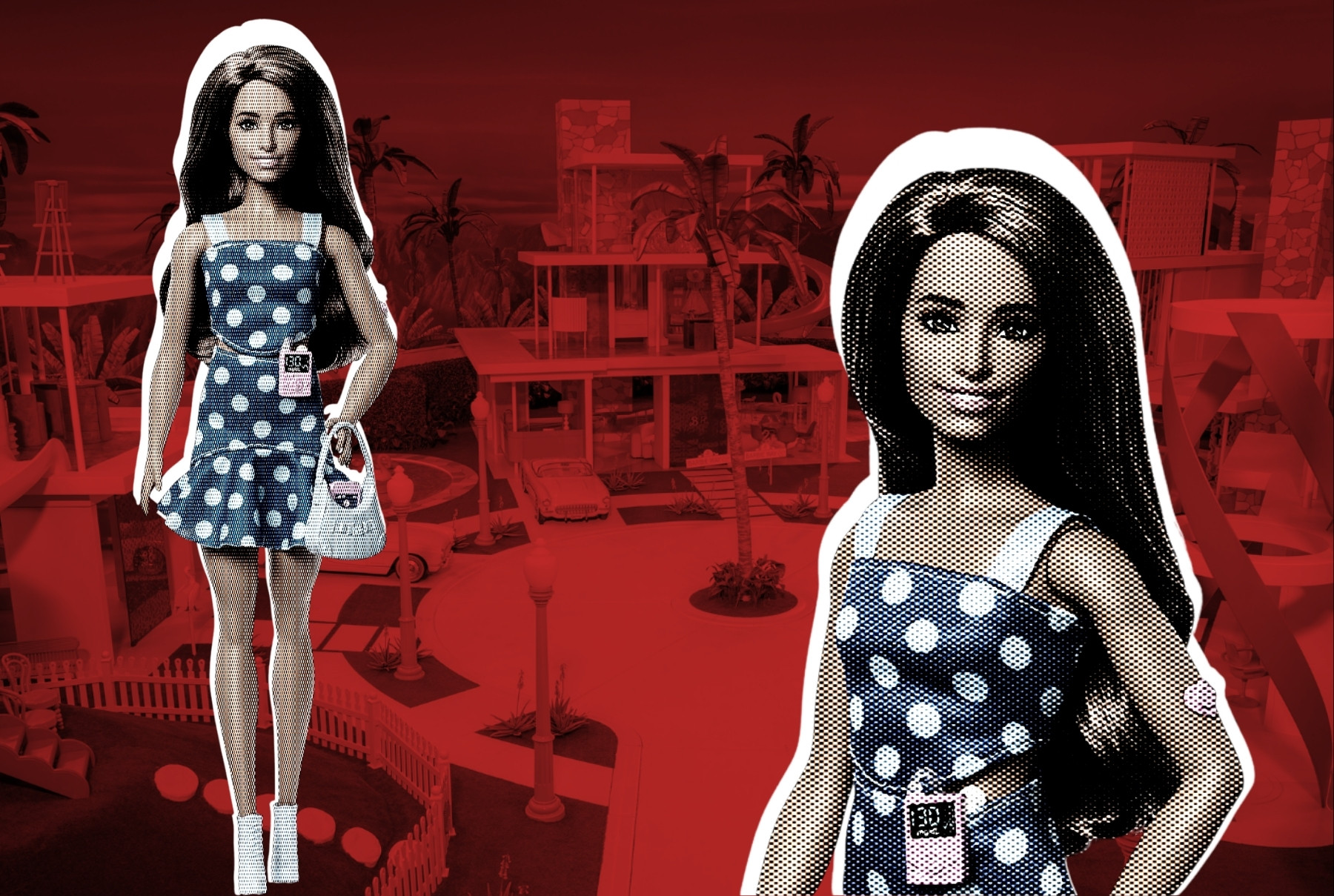
Something serious is going down in the Dreamhouse! Barbie’s holding off on the juice boxes for a minute until she can check her blood sugar. That’s right, Mattel’s introduced a Barbie with T1 Diabetes. She’s got an insulin pump, and she totally slays while checking her blood sugar in between outfit changes.
The world of Barbie is massive, and has made massive strides over the years to become more inclusive. The Fashionistas line has featured over 175 unique dolls, and that number is still rising. The Barbies come in a variety of skin tones and body types, and they also have differing disabilities and medical accessories that come with them based on each doll’s unique medical needs. There’s a Barbie with hearing aids, a Barbie with a prosthetic leg, a Barbie with vitiligo, and a Barbie who utilizes a wheelchair. Gone are the days of a perpetually blonde Barbie who is always standing tall in her stilettos. Barbie is everywhere, and going out of her way to represent everyone.
So let’s talk about the new girl in the Dreamhouse. T1D Barbie has a CGM on her arm and an insulin pump clipped to her jeans. She also comes with a CGM-tracking smartphone and plenty of diabetes-friendly snacks for her purse. The T1D Barbie was developed in partnership with Breakthrough T1D in order to make sure that Mattel got it right with this one. She rocks the color for diabetes awareness and gives off an air of being completely unbothered while doing so—as she should. This Barbie’s mission is to normalize T1D for all kids, meaning that she is comfortable with her diagnosis and content to go about her usual Barbie business while keeping an eye on her blood sugar.
T1D Barbie is more than just another doll that Mattel can make money off of. Representation in toys is imperative, especially for kids who live with a condition that requires daily management. Children with T1D have a tough road—nobody enjoys having to be a pin cushion on the regular. It can feel incredibly isolating, especially when you’re the only one you know who lives with that condition. Having a toy that appears to have the same condition can make those daily finger pricks way less lonely. A Barbie that has a noticeable medical condition is also a Barbie that can help friends and siblings understand what that medical condition looks like, and what tending to that condition can entail. Having toys that normalize medical conditions like T1D for children is a powerful tool for reducing stigma around the condition and making T1D a part of everyday play. It reinforces the broader message that it’s normal to be different, and that medical devices that keep us alive and healthy aren’t weird.
Barbie’s catchphrase is “you can be anything,” and this time Barbie’s diabetic. She’s checking her sugars, wearing her pump, and looking just as glamorous as always. An important part of “being anything” includes being a role model for all kids—including kids with chronic conditions.